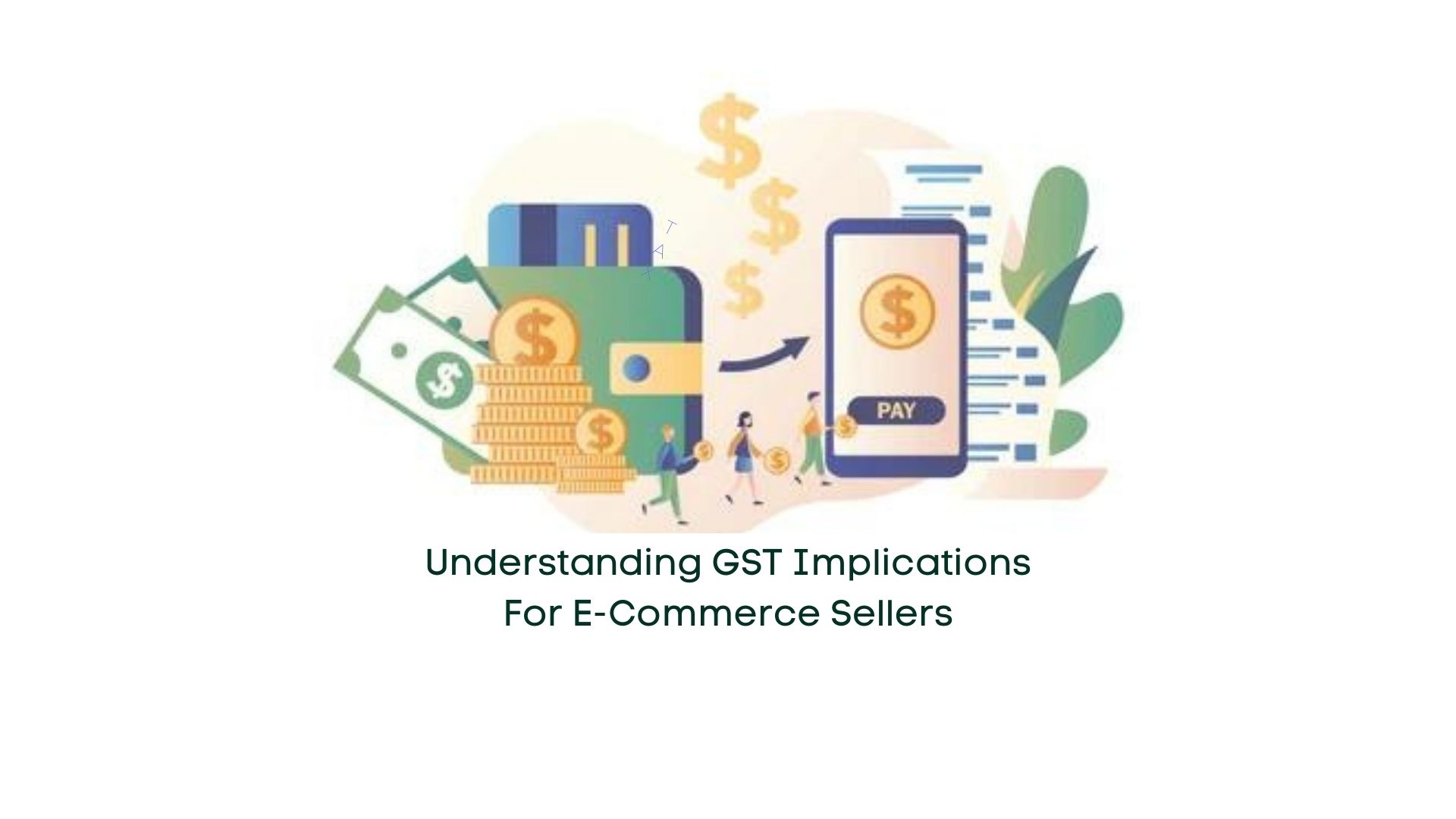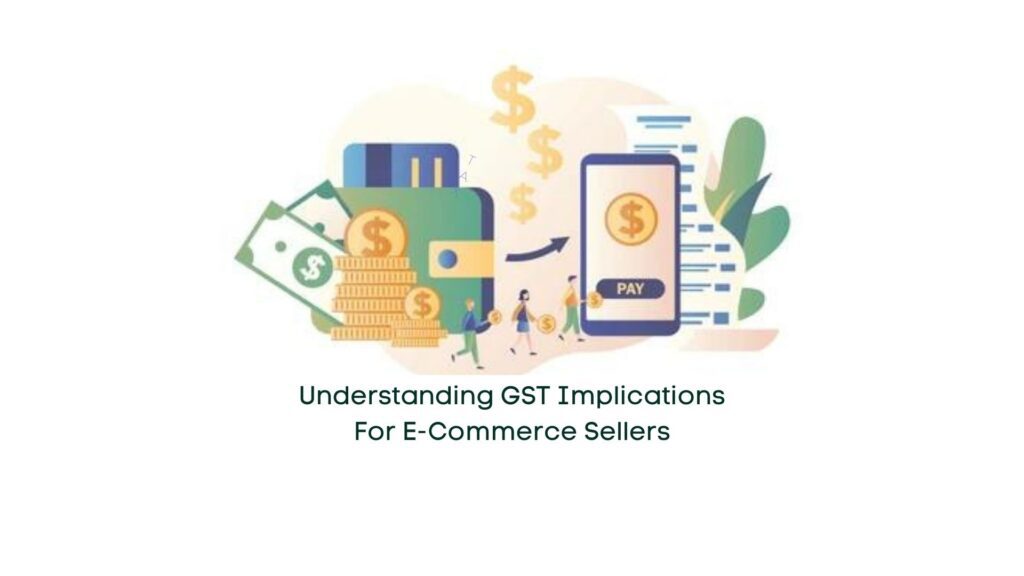
29 Feb Understanding GST Implications for E-Commerce Sellers

Introduction to E-Commerce:
E-commerce, short for Electronic Commerce, denotes the exchange of goods, products, or services, including digital offerings, over digital or electronic networks. India has witnessed a significant surge in e-commerce activity in recent years, propelled by the widespread use of smartphones and internet connectivity. In response to this growth and the intricate tax structure, the government has introduced specific provisions and regulations for e-commerce entities under the Goods and Services Tax (GST) regime.
Types of E-Commerce Transactions:
E-commerce transactions encompass various modes, including Business to Business (B2B), Business to Customer (B2C), Customer to Customer (C2C), and Customer to Business (C2B).
Benefits of E-Commerce:
- For Customers:
- Increased options and discounts
- Cost-effectiveness due to reduced overheads
- For Sellers:
- Access to a broader market
- Increased sales volume
- Reduced setup costs and branch requirements
- Simplified payment processing through platforms like Amazon
Place of Supply in E-Commerce:
GST operates as a destination-based tax, meaning goods and services are taxed where they are consumed or utilized, rather than where they originate. This necessitates an understanding of the place of supply for GST compliance.
Provisions for Place of Supply for Goods:
- Direct delivery to the buyer's shipping address
- Delivery to a third-party address
Details in Sales Invoices:
Sales invoices in e-commerce transactions must include essential information such as supplier and recipient details, invoice number, date of issue, goods/services description, quantity, value, GST rate, and applicable tax amount.
Key Parties in E-Commerce Transactions:
Every e-commerce transaction involves three primary parties: the seller, the buyer, and the e-commerce operator.
GST Rate Applicable on E-Commerce Transactions:
Under GST regulations, e-commerce aggregators are tasked with collecting and depositing taxes at a rate of 1% from each transaction. Consequently, dealers or traders conducting business online receive payments net of this 1% deduction.


No Comments